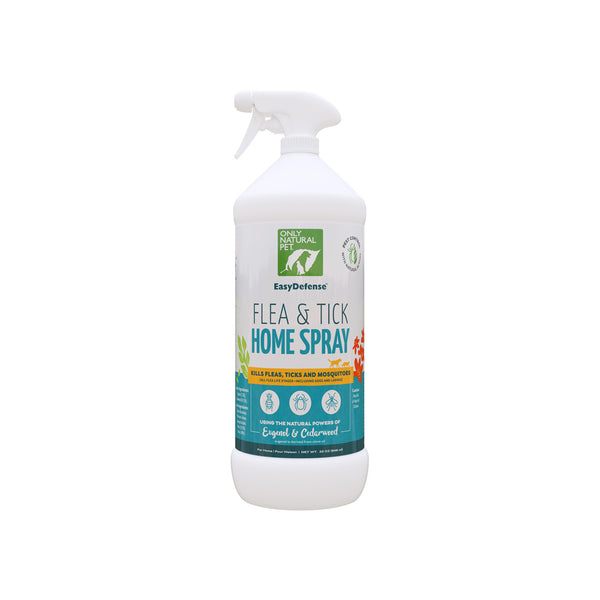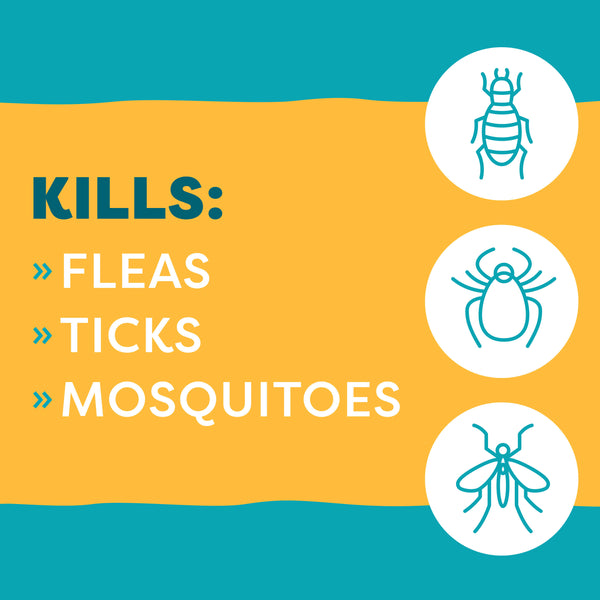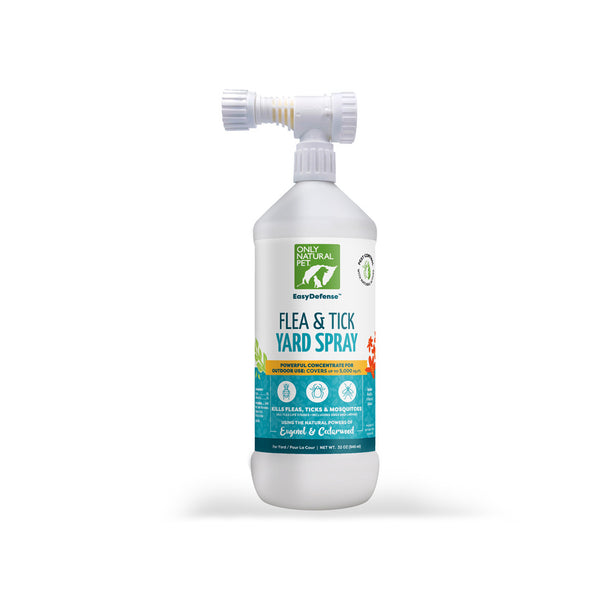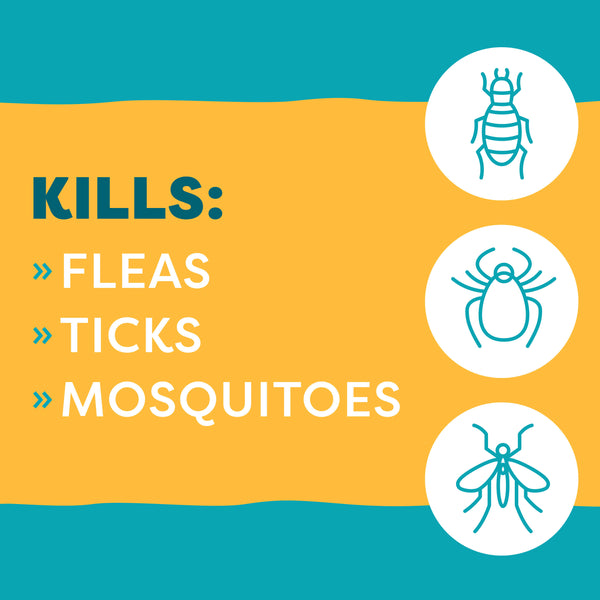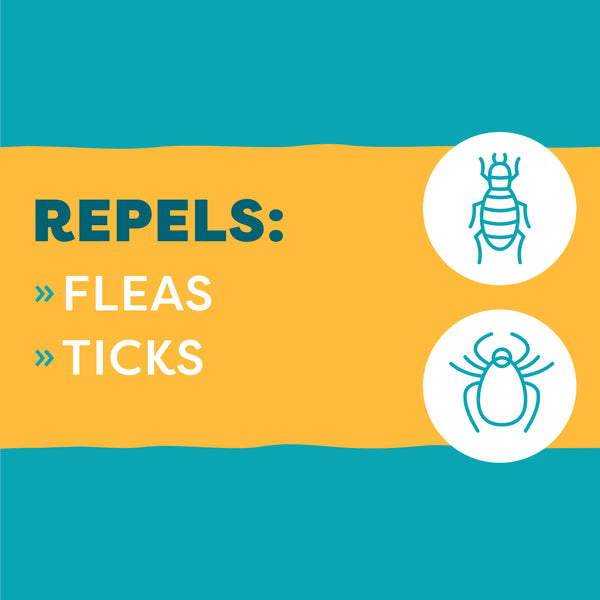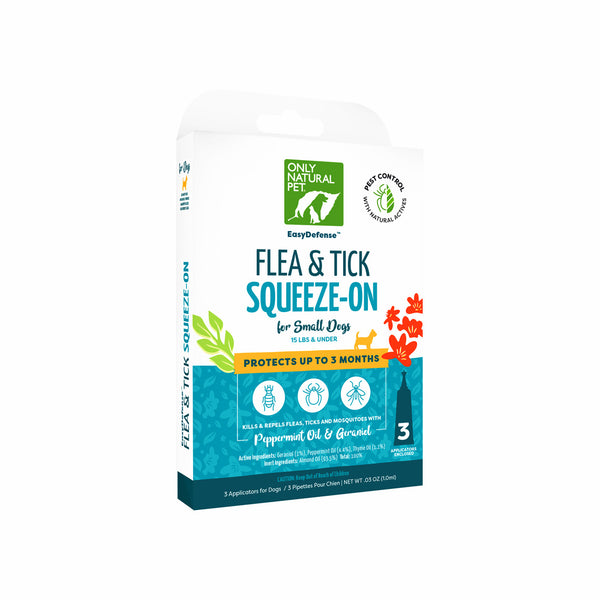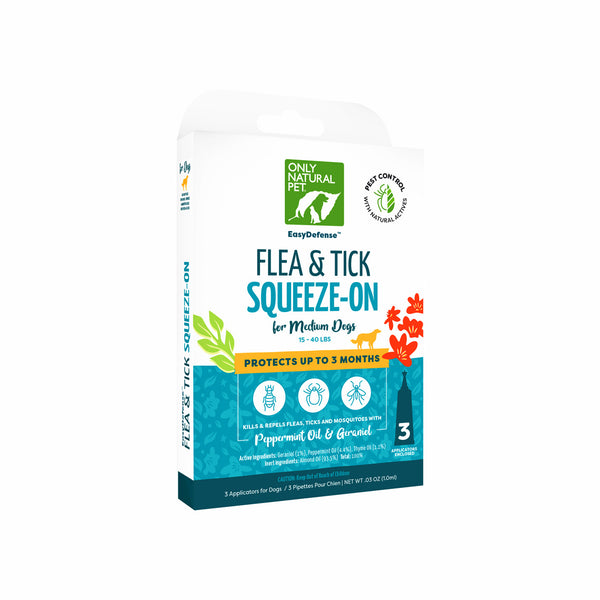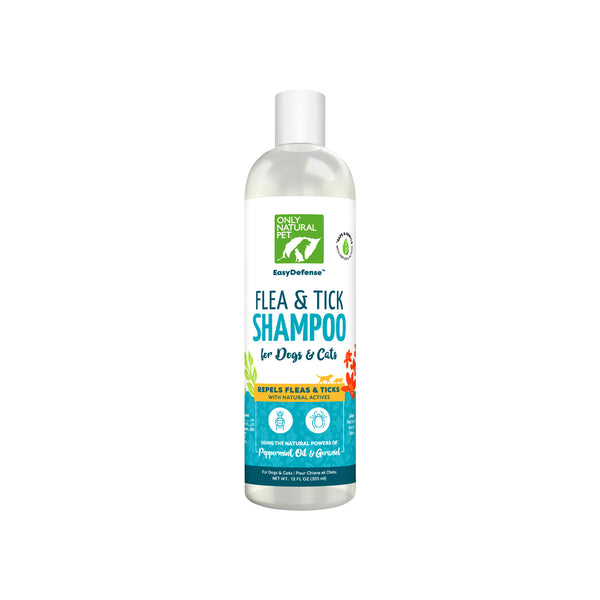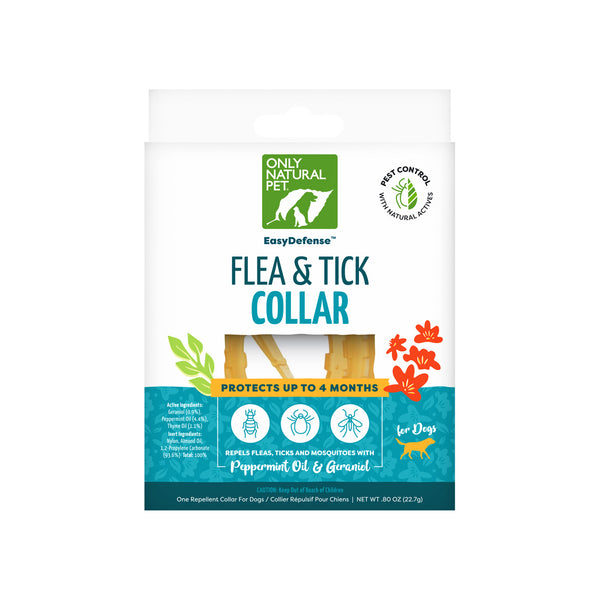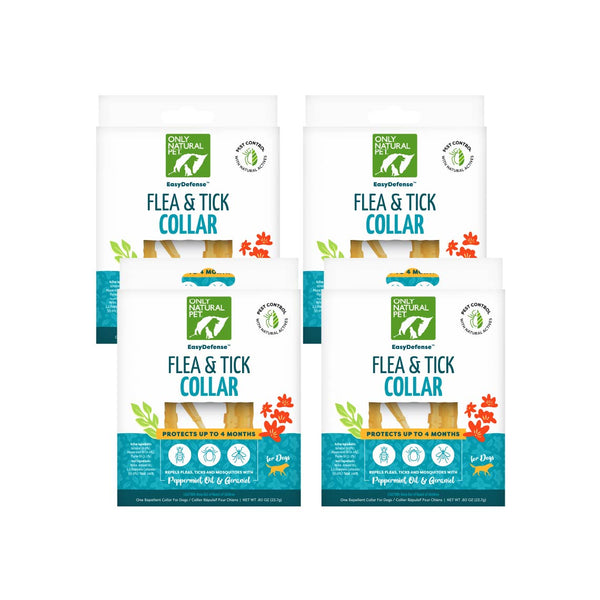How Do Fleas, Ticks, & Mosquitoes Find Your Pet? (And How to Stop Them!)
Written by: Richard Rowlands, Pet Health Expert
What Are Fleas, Ticks, and Mosquitoes Examples of?
Fleas, ticks, and mosquitoes are examples of external parasites that can cause a wide range of health issues for your pets.
Some folks think that if their animals don’t go outside, or mainly stick to paved walking paths, that they don’t have to worry much.
But guess again.
Even indoor pets or those that spend most of their time in backyards are susceptible to bites from these little pests, which can be extremely painful and uncomfortable. Not to mention, they can also put your pet at risk for a number of serious and potentially life-threatening illnesses.
Some of the more notable ones include anemia, Lyme disease, Rocky Mountain spotted fever, and heartworm disease. With illness related to bites from fleas, ticks, and mosquitoes having tripled in humans over the past 20 years in the US, it’s more important than ever to keep our furry family members safe as well!
In this article, we'll first take a look at how fleas, ticks, and mosquitoes find your pet by learning a little bit more about them and their lifecycles. Then, we'll explore flea, tick, and mosquito prevention for dogs and cats and look at some natural repellents and treatments to keep these stubborn bloodsuckers at bay.
What Are Fleas, Ticks, and Mosquitoes?
Fleas, ticks, and mosquitoes are able to make our pets sick through the transmission of different viruses, bacteria, and parasites. This can happen when they bite and extract blood, which they feed on.
Knowing a bit more about fleas, ticks, and mosquitoes will help when you need to deal with them.
Fleas

Fleas are tiny, wingless insects that live on the exterior of their hosts. Fully grown, they’re only 0.1 to 0.32 cm (0.039 to 0.13 inch) in length. They have tough exteriors, making them hard to squish, and the adults feed on the blood of mammals and birds. With over 2,000 known species, they can be found across the world in polar, temperate, and tropical regions.
A flea’s lifecycle can be separated into four stages: egg, larva, pupa, and adult. All can take place on the host and this is how infestations occur on dogs and cats.
Ticks

Ticks are an arachnid and come in two varieties, hard ticks and soft ticks. There are over 850 different species altogether. They develop through their various stages of life which include egg, nymph, and adult. Hard ticks tend to attach, drop off, and reattach to hosts throughout their lifecycle while soft ticks go through more changes in a home or nest, rather than in fields.
Pets will generally pick-up ticks outdoors, as they mostly live in fields and woods. But a few varieties, such as the brown dog tick (Rhipicephalus sanguineus), are known to be household pests as well.
Ticks are most common in moist, humid environments but adapt well to various climates and locations.
Mosquitoes

Mosquitoes, of which there are over 3,500 species, are probably the most notorious insects on our plant. Their famous (and annoying) buzz along with their elongated, piercing mouth pieces are the thing of nightmares for anyone who has been camping or spent a warm evening on a patio outdoors.
Mosquitoes only spend a small amount of time on their victims, swooping in for a quick bite before flying away. But that nasty nibble still has the potential to transmit disease.
Mosquitoes are prevalent in various locations and climates across the world, especially so in warmer locales with free standing water where they lay eggs. This makes them a force to be reckoned with.
Why Are Fleas, Ticks, and Mosquitoes Attracted to Pets?
Fleas, ticks, and mosquitoes all feed on blood. And each of these pests need that blood for different reasons.
Female fleas and female mosquitoes both need blood to produce eggs. Without the protein and iron contained in their food of choice, they cannot reproduce.
Ticks on the other hand require blood to grow and move through each stage of their life.
But how do fleas, ticks, and mosquitoes find your pets?
When your dog or cat exhales, they breath out carbon dioxide. Just like you!
Research shows that fleas, ticks and mosquitoes are all attracted to the carbon dioxide that pets produce when breathing. This dastardly trio can also, to varying degrees, see shapes and sense the heat produced by warm blooded mammals.
How to Naturally Protect Your Pet Against Fleas, Ticks, and Mosquitoes
Geraniol
One of the best ways you can naturally protect your pets is to use products that contain geraniol.
Geraniol is a colorless or sometimes pale-yellow oily liquid with a sweet rose scent that’s derived from various essential oils. In fact, it’s one of the few essential oils that’s safe to use with dogs and cats.
Researchers are still investigating all the ways geraniol combats fleas, ticks, and mosquitoes.
One study showed that it may dehydrate or suffocate insects when they come into contact with it and that it may work specifically against eggs and larva. This is great for dealing with fleas that live on our pets.
Geraniol has also been shown to act as a repellant for mosquitoes and ticks, which keeps them away from the beginning.
Eugenol
Eugenol is a natural insecticide that can be used to protect your pet against fleas, ticks, mosquitoes, and other external parasites. It is a colorless to pale yellow liquid with a clove-like scent, derived from various essential oils, including clove oil, nutmeg, and cinnamon.
The exact mechanism of action of eugenol is unknown, but it is believed to be neurotoxic.
Wipes
Natural flea and tick wipes for dogs and cats, made from biodegradable materials, are one way to ensure protection for your pets while avoiding synthetic pesticides or pyrethrins, as well as artificial colors or fragrances.
Sprays & Shampoos
You will also find herbal blend essential oil and herbal essential easy spray options. These allow you to work the product into your pet’s coat, ensuring lasting protection for up to a week at a time.
Tags & Collars
Your pet can also wear their defense, in the form of tags or collars. This is a great way to help ensure your pet is protected without applying anything directly to them.
Conclusion
At the end of the day flea, tick, and mosquito prevention for dogs and cats is better than cure. That’s why it’s important to protect your pet year-round.
Natural products are available more than ever and offer safer ways to keep your beloved pets free of fleas, ticks, and mosquitoes when compared to chemical alternatives.
As always, speak to your veterinarian for more information, and to find the best solution for your dog or cat.




